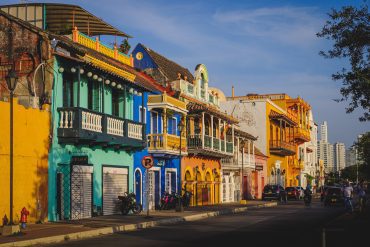South America Car Sales Data - Annual Reports
Governments in South America have implemented various policies and incentives to stimulate car sales and support the automotive industry. These include tax breaks, subsidies, and financing programs aimed at promoting vehicle purchases. Additionally, some countries have introduced regulations to encourage the production and use of flex-fuel vehicles, which can run on ethanol or gasoline. Car sales in South America have been subject to fluctuations due to economic conditions and changes in consumer demand. In periods of economic growth and stability, car sales tend to rise, while recessions and economic downturns can lead to declines in sales. South American consumers have traditionally shown a preference for smaller and more affordable cars, such as compact models. This preference is often driven by factors like fuel efficiency, affordability, and practicality in congested urban environments. Economic conditions, political stability, and regulatory differences can influence the performance of car markets in each country. For example, Brazil's car market is significantly larger than other countries in the region and often sets the tone for South American car sales trends.
South America Car Sales by Country (All Years)
In this section of the site, you can find a databank of auto sales data since 2005 for virtually every country in South America. Please note these statistics are either Total Market Volumes, which include passenger cars as well as light commercial vehicles (LCVs) or just passenger cars. Please read each post to make sure you understand which data is which. Please note that these figures often come from unofficial sources and can vary slightly from other data you may find elsewhere. Despite our best efforts to find the most reliable data, we can’t guarantee 100% accuracy, but we are confident the provided data is sufficiently indicative of the size and trend of the market.























